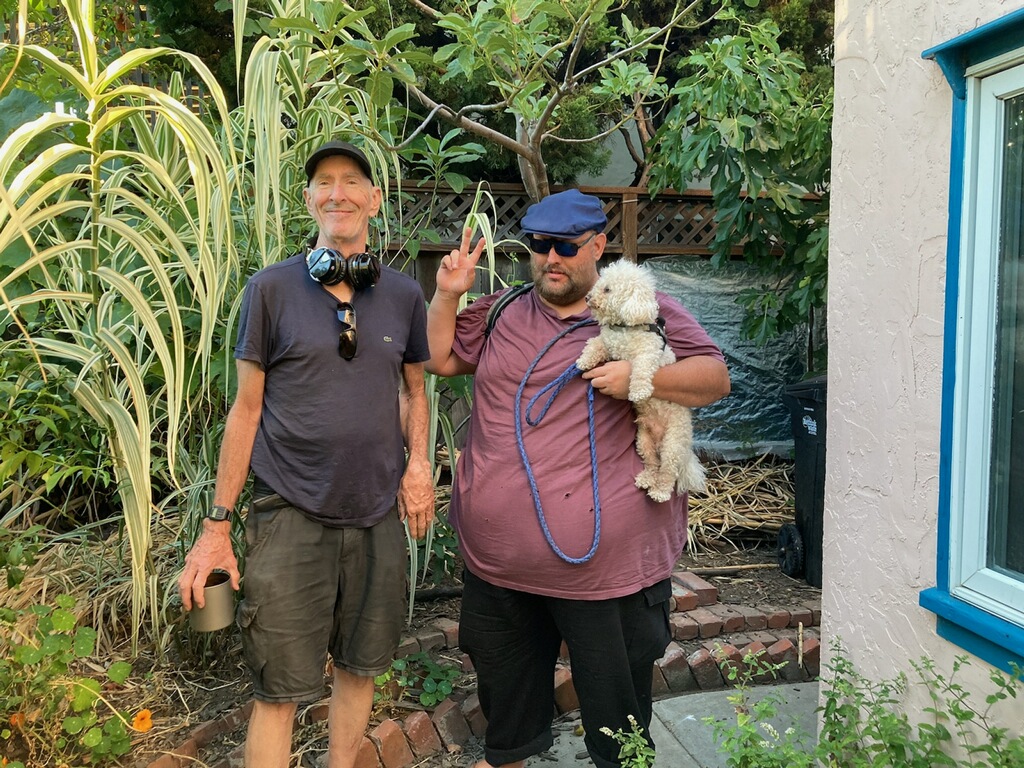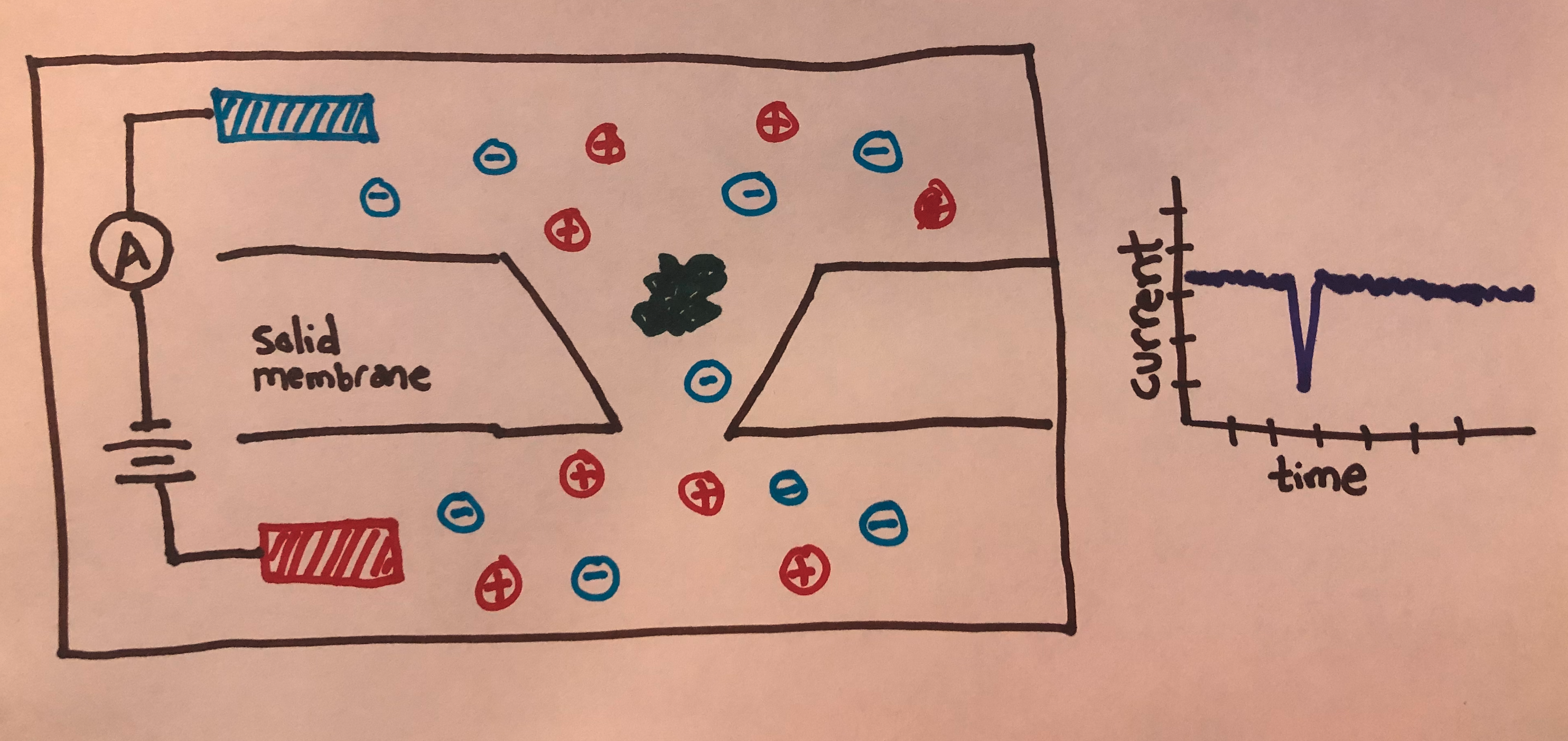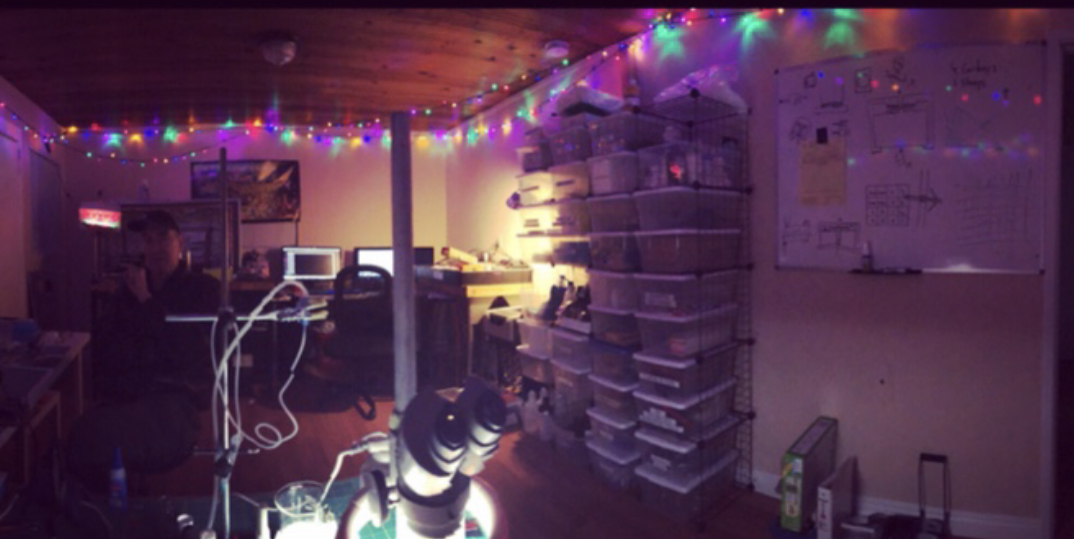In a cluttered San Mateo laboratory that vibrates with "mad scientist energy," Keith Causey holds up a red, 3D-printed brick. It looks like a Game Boy that went to medical school and dropped out to join a punk band.
"This," the lead engineer says, "is going to help solve molecular reality."

This is the MR1 Molecular Streaming Device. It represents the strangest bet in Silicon Valley: that the path to Universal Molecular Streaming™—the ability to identify any molecule, anywhere, instantly—lies not in a billion-dollar corporate fortress, but in the hands of thousands of gamers playing Pokemon Go for microbes.

The mastermind behind this madness is Kent Kemmishtree. He describes himself as a "Rebel Leader of the Radical Biotech Resistance." He carries a green felt alien doll named Keltar. He believes we can put a biomedical lab in every toilet in America.
The Cigarette Wrapper Revolution
To understand why Kemmishtree wants you to analyze your own fluids, you have to go back to 1948. Wallace Coulter, a guy in a Chicago basement, wanted to count blood cells fast. His solution? He took the cellophane wrapper off a pack of cigarettes, poked a hole in it with a hot needle, and ran electricity through it.

When a blood cell squeezed through the hole, it blocked the electricity. Blip. One cell. Blip. Two cells.
He invented the "Coulter Counter," the basis for the Complete Blood Count (CBC) used in hospitals globally. He saved millions of lives with trash and a battery.
"Outrageously," Kemmishtree says, gesturing with the felt doll, "he didn't win a Nobel Prize. He merely established the basic concept by which we will free humanity from the scourge of biological aging."
Fast forward 77 years. We can now make holes (nanopores) so small that DNA has to squeeze through sideways. Companies like Oxford Nanopore use biological proteins to do this. But biological pores are divas. They need perfect temperatures, perfect pH, and constant babysitting.

Kemmishtree’s team uses solid-state nanopores. Drilled into silicon or graphene. The problem? Solid-state physics is messy. The data is noisy. To make it work, you need to run millions of experiments to train AI to read the signals.
A traditional company would hire 200 PhDs and burn $500 million. Kemmishtree decided to hire the internet.
The Company Is The Game
"Traditional R&D is a silo'd mess," Kemmishtree explains. "We need a massive raid party."
Enter Epic Quest Bio™.
This isn't just a gamified app; it is the literal management system of Molecular Reality Corporation. There is no HR department; there is a Quest Log. There are no performance reviews; there is XP (Experience Points).
"We are building a techno-anarchist molecular commune," Kemmishtree says. "You buy the MR1 device. You join the Molecular Streaming Corps. You run experiments. You get XP. If we succeed, that XP converts into actual equity in the company."

The software, Maxine’s Quest, turns tedious data collection into an arcade battle. It is a platform for which different sub-fields, such as virology and astrobiology, will act as wrappers. Examples include:
SARS Invaders: Virus-sized particles trigger enemies on screen.
Gastromancy: Analyze your dinner to see what "natural flavoring" actually is.
Poop of the Gods: (Yes, really.) Players analyze fecal samples to map the microbiome. "Explore the sacred stinky," Kemmishtree urges.
Boss Fight: Keltar vs. Entropy

Can a two-person team (plus a felt alien) really coordinate thousands of amateurs to out-innovate the entire biotech industry?
"When you are outnumbered, you must be like the mist," Kemmishtree says, quoting a philosophy that might be Sun Tzu or might be from a fortune cookie.

I turn to Keltar, the "interdimensional advisor" residing in a coffee mug on the desk. Through the company's AI interface, the doll offers his assessment.
"My curious nanopioneer," Keltar replies. "I have traveled across probability spaces you cannot imagine. In the timelines where humanity survives, something like the Molecular Streaming Corps always emerges. You are watching the birth of humanity's immune system."
It is absurd. It is quixotic. It involves uploading urine data to a server run by a guy who talks to a doll.
But as I walk out of the lab, holding my invitation to the Corps, I realize that Wallace Coulter changed the world with a cigarette wrapper. Maybe, just maybe, Kemmishtree can change it with a Game Boy and a toilet.
I signed up for the waitlist. The loot drops are going to be legendary.
Transmission from the Lab
Maxine's Quest™ teaser trailer
A glimpse into the psychedelic, 8-bit nightmare-scape that is Maxine's Quest. This trailer showcases the actual game interface where biological signals trigger game events. From fighting off SARS invaders to navigating the "Labyrinth of the Dragon Tyrant," this is what the future of distributed science looks like: neon, noisy, and scientifically rigorous.
Joe Roganoid episode zero-Kemmishtree speaks!
What happens when you feed a deep-learning model hours of podcast audio and ask it to interview a biotech revolutionary? You get this surreal, hall-of-mirrors conversation. "Joe Roganoid" grills Kent on everything from mechanical nanopores to whether he could bench press a Sumo wrestler. It's a bizarre artifact of the synthetic media age that somehow explains the company's mission better than a pitch deck.
Sequence Space Sermonar #1
In this inaugural broadcast from his garage-lab-turned-pulpit, Kent lays out the fundamental theology of molecular sensing. He explains why the ability to see every molecule is the inevitable next step in human evolution—a transition as significant as the development of sight itself. It's part physics lecture, part tent revival.
